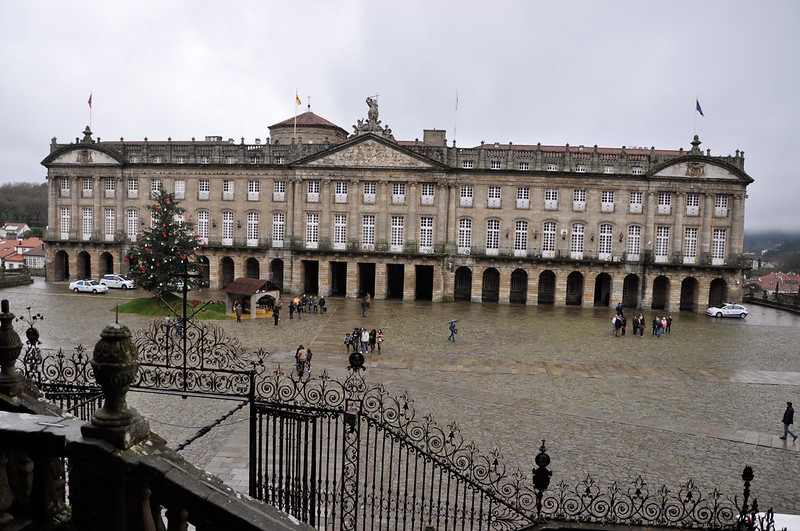
Temos que admitir que não fomos os melhores "peregrinos" em Santiago de Compostela. É quase obrigatório entrar na Catedral pela Praça de Obradoiro e nós não o fizémos, aliás só vimos esta famosa Praça justamente da escadaria da porta principal do local de culto ao apóstolo Santiago. E é de facto a melhor forma de a conhecer, daquele ponto mais alto podemos ver o Palacio de Raxoi, o Colégio de S. Jerónimo e o Hostal dos Reyes Católicos.
We must admit that we were not the best "pilgrims" in Santiago de Compostela. It is almost mandatory to enter the Cathedral through the Plaza de Obradoiro and we did not, in fact we just saw this famous Square from the steps of the front door of the place of worship of the Apostle Santiago. And it is indeed the best way to discover it, from that highest point we can see the Palacio de Raxoi, the College of St. Jerome and the Hostal Reyes of Catholics.

Não há dúvidas sobre a sua importancia, nela concentram-se os edificios mais importantes de Santiago de Compostela e está também o ponto zero a partir da qual se contabiliza os quilómetros de cada Caminho para Santiago. Deve o seu nome ás oficinas que aqui estiveram durante as obras de construção da Catedral.
Logo em frente a ela está o Pazo de Raxoi ou Palácio de Rajoy, construção do século XVIII encomendada pelo arcebispo Bartolomé Rajoy. Funciona actualmente como sede da Presidencia da Junta de Galiza assim como a Câmara Municipal.
There is no doubt about its importance, it concentrates the most important buildings of Santiago de Compostela and is also the zero point from which it counts the miles of each road to Santiago (Camino de Santiago). It is named after the workshops that were here during the construction of the Cathedral.
Right in front of it is the Pazo de Raxoi or Rajoy Palace, an eighteenth-century building commissioned by Archbishop Bartolomé Rajoy. Currently hosts the seat of the Presidency of the Junta de Galicia and the Municipality.
Right in front of it is the Pazo de Raxoi or Rajoy Palace, an eighteenth-century building commissioned by Archbishop Bartolomé Rajoy. Currently hosts the seat of the Presidency of the Junta de Galicia and the Municipality.
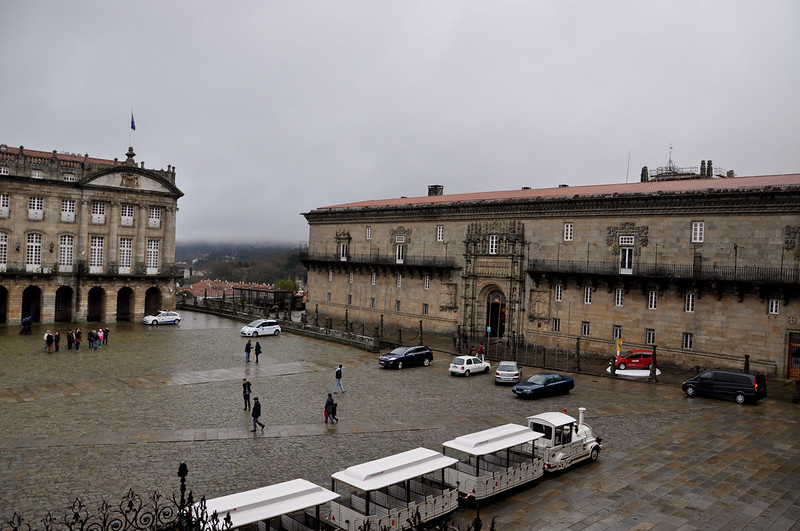
Do lado esquerdo de quem está de frente para a Catedral podemos ver a Hostal dos Reyes Católicos. Funcionou como hospital que o Rei D. Fernando e a Rainha D. Isabel mandaram construir no século XV para prestar ao auxílio aos peregrinos que aquí chegavam, hoje é o mais bonito hotel da cidade.
A sua porta segue o estilo muito comum da época dos Reis Católicos - o plateresco, toda trabalhada com estatuetas representando Cristo, Maria Madalena e algumas figuras bíblicas.
Do lado oposto ao Hotel, está o Colégio de São Jerónimo fundado no século XVI e onde funciona a reitoria da Universidade.
On the left side of whoever is in front of the cathedral we can see the Hostal Reyes Catholics. It was founded as a hospital that King Ferdinand and Queen D. Isabel had built in the fifteenth century to provide assistance to the pilgrims who came here, today it is the most beautiful hotel in the city.
Its door follows the style very common at the time of the Catholic Kings - the plateresque, all crafted with statues depicting Christ, Mary Magdalene and other biblical figures.
Opposite the hotel is the College of St. Jerome founded in the sixteenth century and where the rectory of the University is.
Its door follows the style very common at the time of the Catholic Kings - the plateresque, all crafted with statues depicting Christ, Mary Magdalene and other biblical figures.
Opposite the hotel is the College of St. Jerome founded in the sixteenth century and where the rectory of the University is.
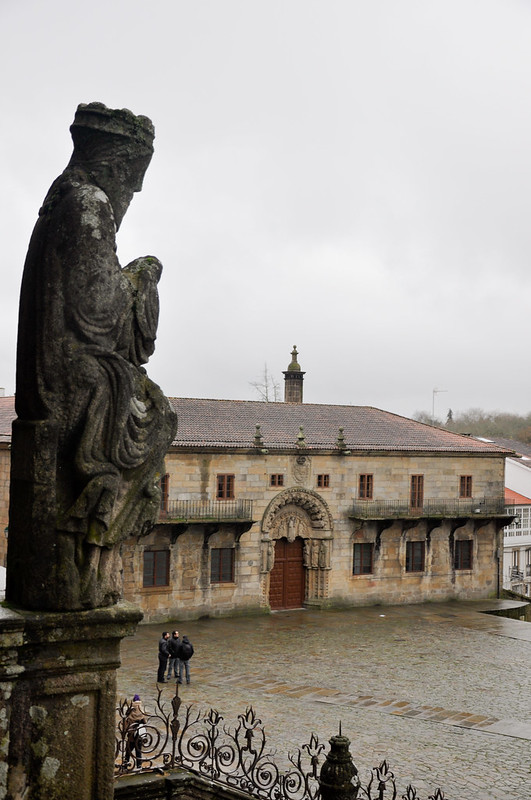
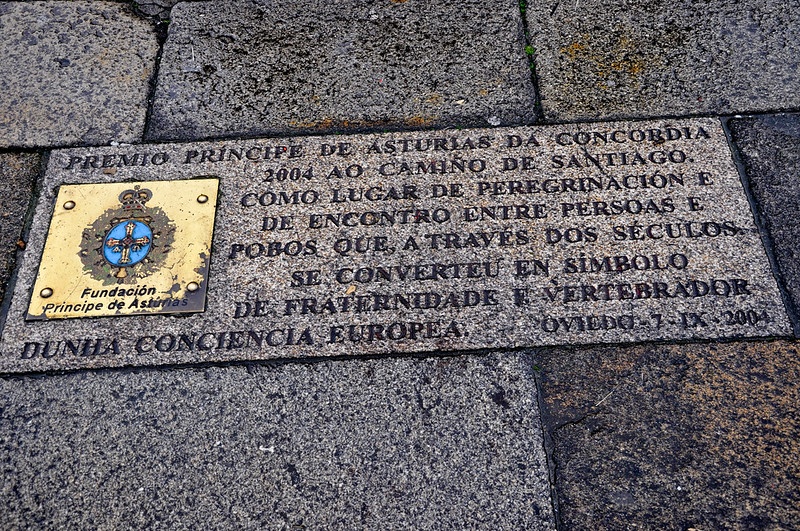
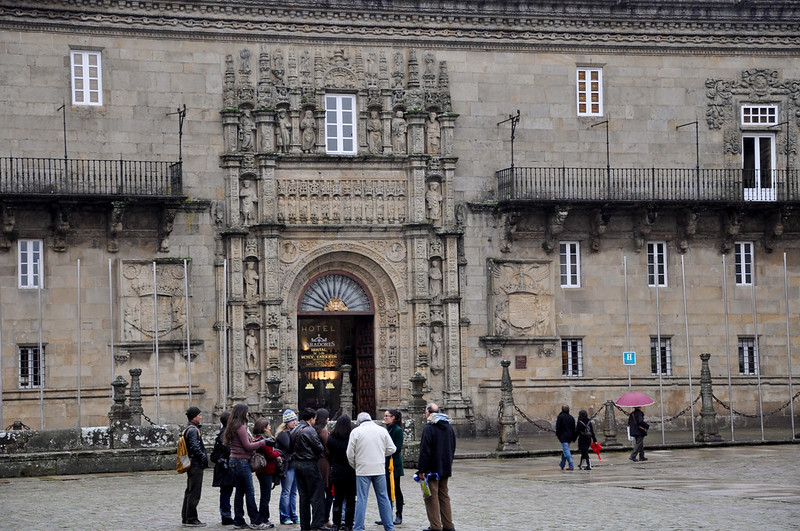
Recomendo também visitá-la de noite, nós fomos no Natal o que poderá fazer diferença no que diz respeito a luzes e decorações.
I also recommend visiting it during the evening, we went during Christmas time and it might make a difference in terms of lights and decoration.
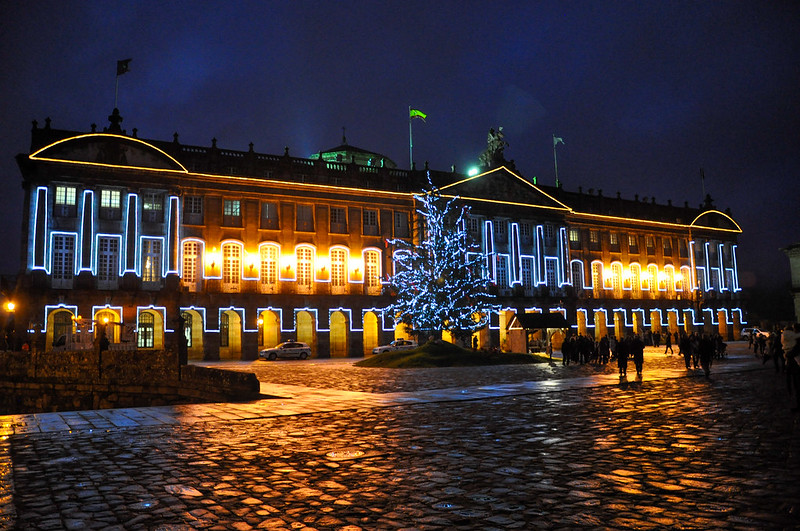
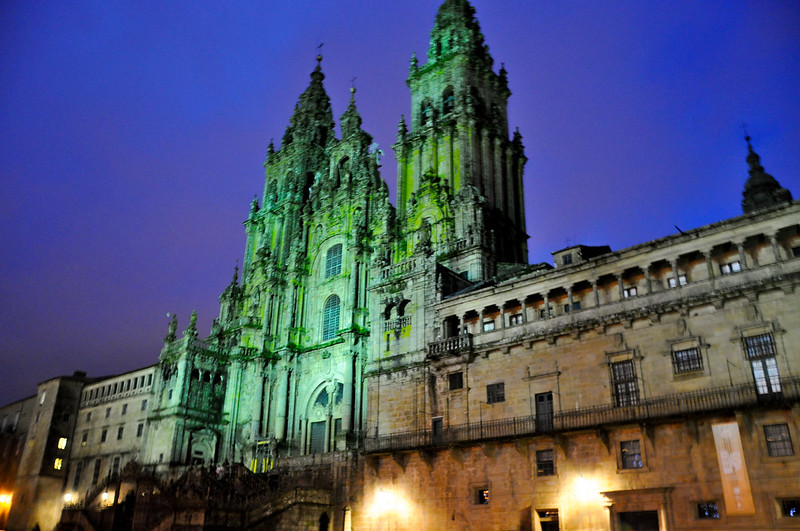
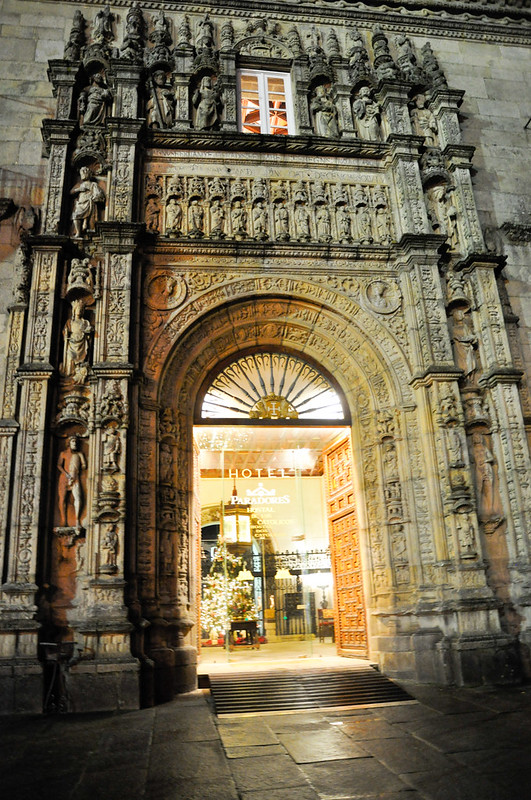
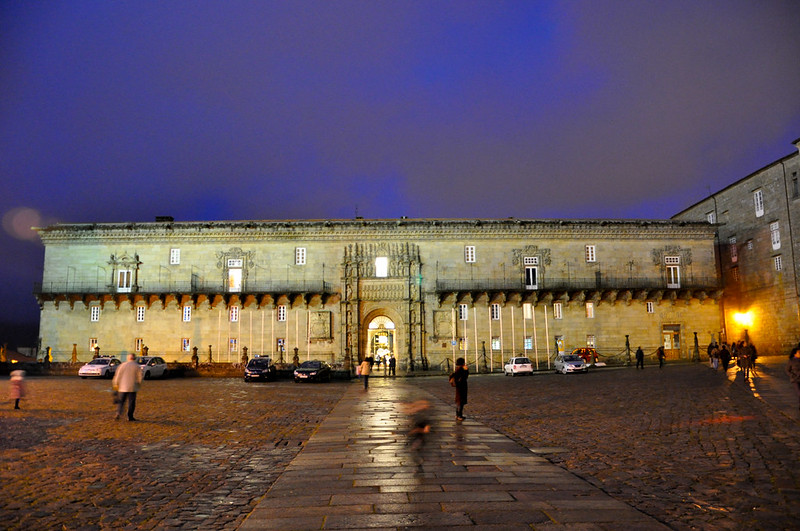
Our guide of:


Sem comentários:
Enviar um comentário